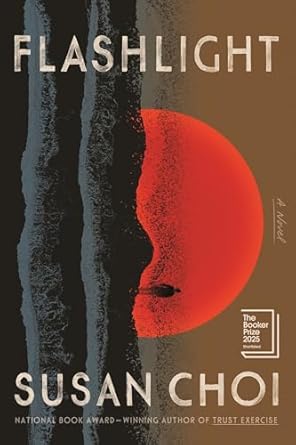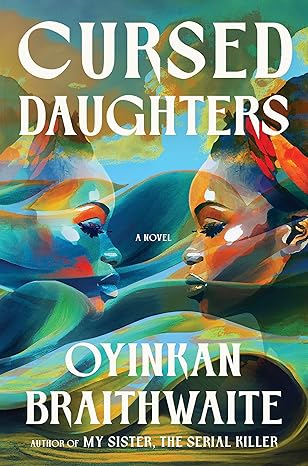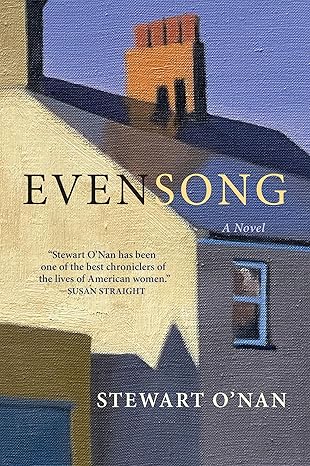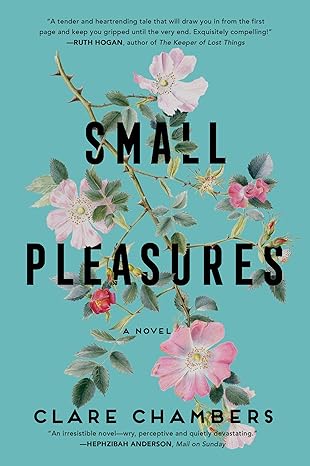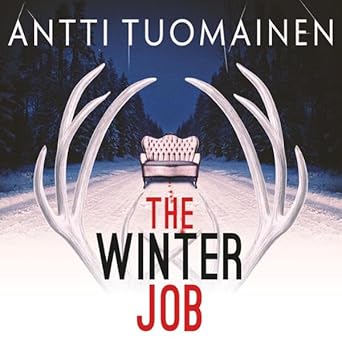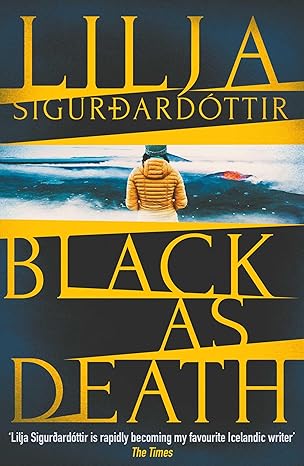4 Stars
This novel caught my attention when it appeared on the shortlist for the 2025 Booker Prize.
In 1978, ten-year-old Louisa Kang goes for a walk on a Japanese beach with her father Serk. The next morning she is found unconscious on the shore, but Serk has vanished. From this pivotal event, the novel moves back and then forwards in time. There are flashbacks to Serk’s childhood. Known as Hiroshi, he was born in Japan to Korean parents born on the island of Jeju. After the war, they leave for North Korea, lured by promises of a socialist paradise. Serk, however, moves to the U.S. where he becomes a professor and marries Anne, an American white woman. Louisa is their only child, though Anne, when she was nineteen, had a son Tobias whom she relinquished to his father. Serk agrees to an exchange year in Japan from which he never returns. What happened to him? Though he is presumed to have drowned, a body is never found, and the reader comes to suspect that Serk’s disappearance may in fact be connected to geopolitical events.
At over 450 pages, the book is fairly lengthy. It is also dense and so sometimes feels like an intellectual exercise. Choi loves complex sentences and em dashes. For instance, Serk, upon seeing Anne take their daughter to swimming lessons reacts with rage: “Only the inhibition that overcame Serk in those settings in which he was unusually anomalous, as he was at the YMCA pool – not just the only foreigner but the only person in a suit, his shirt sticking to his sides in the chemically pungent humidity, his dress shoes slipping on the pool deck as though he were trespassing in some stranger’s giant bathroom, the incessant thundering echo of screaming and splashing almost, but not quite, emboldening him to give vent to his rage on the spot – had prevented him from giving vent to his rage on the spot.” Sometimes sentences need to be re-read because their purpose gets lost in the numerous phrases and clauses.
The novel used third person omniscient narration but each chapter focuses on a different character, mostly Serk, Anne, or Louisa. This approach means that we learn of Serk’s fate even though it remains unknown to his family. Of course, readers also come to know each of these characters very well: their thoughts, feelings, hopes, and dreams. All three, however, are difficult to like. All are stubborn and self-centred; they all seem to lack empathy. Serk, for instance, is impatient and arrogant and constantly aggrieved; he has no empathy for Anne or Louisa when he decides unilaterally to move them all to Japan. When Anne reunites with Tobias, she has little concern for how that might affect Louisa. When her mother’s health becomes a concern, Louisa shows no sympathy whatsoever.
What stands out is that there often seems little connection among the three; they interact but remain loners, alienated from each other. In many ways, the book is about secrets and their consequences. Serk never tells Anne about his childhood in Japan and his family’s emigration to North Korea. He doesn’t share that his return to Japan has a hidden agenda: seeing his sister and perhaps bringing his family back to Japan. Anne reunites with her son without telling her husband. Just before they leave for Japan, she begins to experience symptoms of an illness but keeps them to herself until it’s impossible to hide them. Pre-occupied with their private concerns, neither parent shares with Louisa so she feels isolated from them just as she also feels alienated in a new culture. At one point, Louisa thinks, “The sum of the things she knows about her father could fit inside the sum of the things she’ll never know about him an infinite number of times. The things she knows about him are as meager as a pair of backgammon dice rattling in their cup.” This statement applies to all of them. If, instead of silence, there had been real communication, the dynamics would have been very different. The metaphor of the flashlight works well in emphasizing how each character tends to see only what is in front of him/her. So much remains in darkness so they all stumble along.
Of course the remoteness that develops is understandable. They build walls to protect themselves and so end up joyless. Serk, though born in Japan, is a second-class citizen there and is also never accepted as an American. When just a young man, he loses his entire family. Anne, at nineteen, is placed in a position where she must give up her child. As an adult, she is ostracized because she married a foreigner. Then she becomes a widow. Louisa, because of her parentage and appearance, feels out of place. Then she loses her father, with whom she was very close, just as Anne’s diagnosis means she must prioritize her own health. So despite the three characters being rather unlikeable, readers cannot but have sympathy for them.
There is much to parse in this book. The effect of world politics on individuals deserves discussion, but that would be a spoiler. I recommend the book but advise that readers set aside considerable time to read it; it deserves to be read slowly and to be given careful thought.
